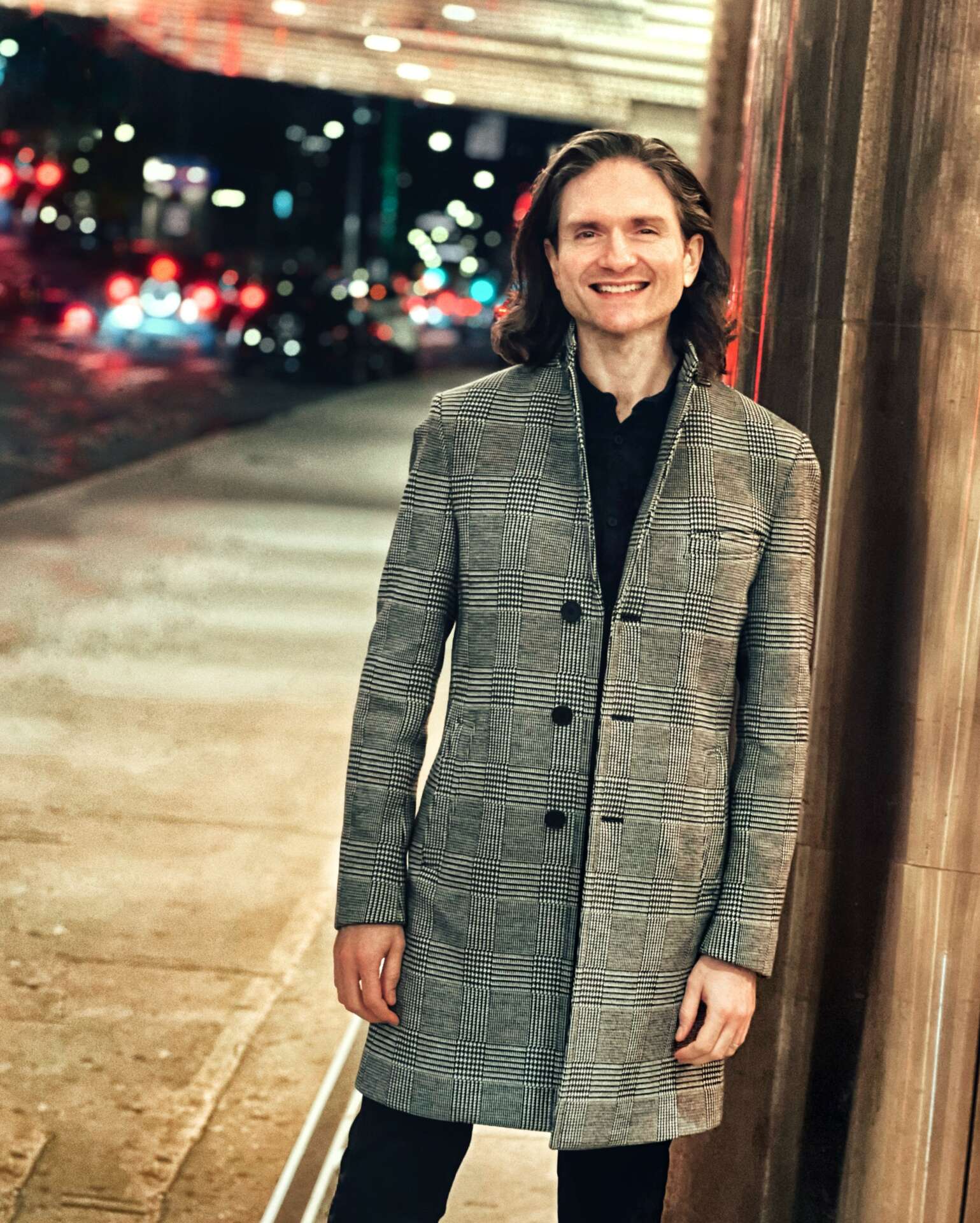Alright – so today we’ve got the honor of introducing you to John Mabey. We think you’ll enjoy our conversation, we’ve shared it below.
John, appreciate you joining us today. How did you learn to do what you do? Knowing what you know now, what could you have done to speed up your learning process? What skills do you think were most essential? What obstacles stood in the way of learning more?
My degrees are in Psychology and Counseling, and after graduate school I used these skills in Higher Education. I enjoyed the work, but noticed in my free time I was always going back to the arts: watching plays, reading plays, and writing plays. I wanted to immerse myself more in that world and connect with the artistic community, but living in New York City I also needed to pay rent and bills in a very expensive city.
After many discussions with my husband about how to make this work, I took the risk of leaving a well-paying job for one in the arts that meant a huge pay cut. It was incredibly scary both financially and creatively as I didn’t know if following my passion would support me in either way. But I also knew at this point in my career that not taking the risk now would make it even more difficult later.
It definitely wasn’t easy making that transition. There wasn’t only the loss of income but also of time as my new work schedule left me with less availability socially, especially for my husband, family, and friends. I worked many long hours into the evenings and weekends.
Thankfully I found myself immersed in amazing creative circles, too. I worked for a Broadway company and saw an incredible amount of theatre around the city. I also met other creatives who became friends and collaborators. Unexpectedly my husband’s job then took us overseas and my arts experience in NYC led to even more opportunities working in London’s West End. My creative life ultimately supported me in more ways than I anticipated and the risk paid off. I found mentors who coached me about writing, producing, and even running a theatre. I’ve built long-lasting global friendships with other artists and now have the chance to mentor others as much as I’ve been mentored myself.
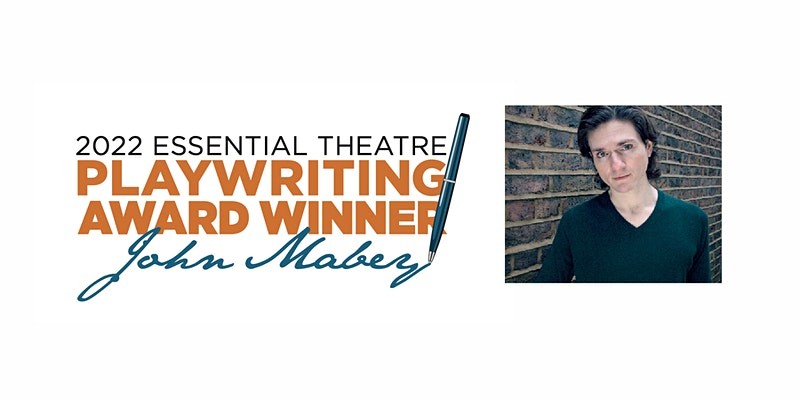
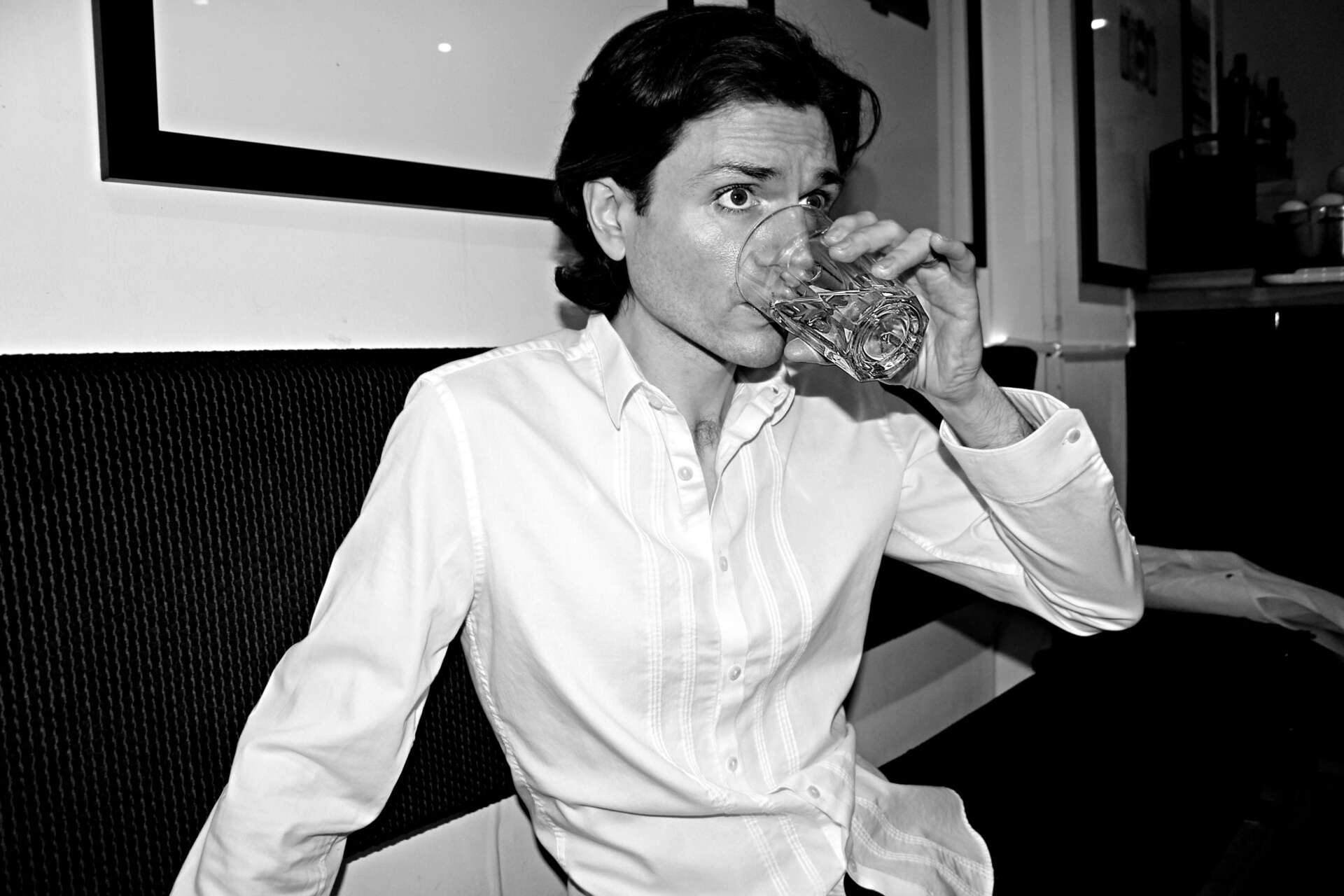
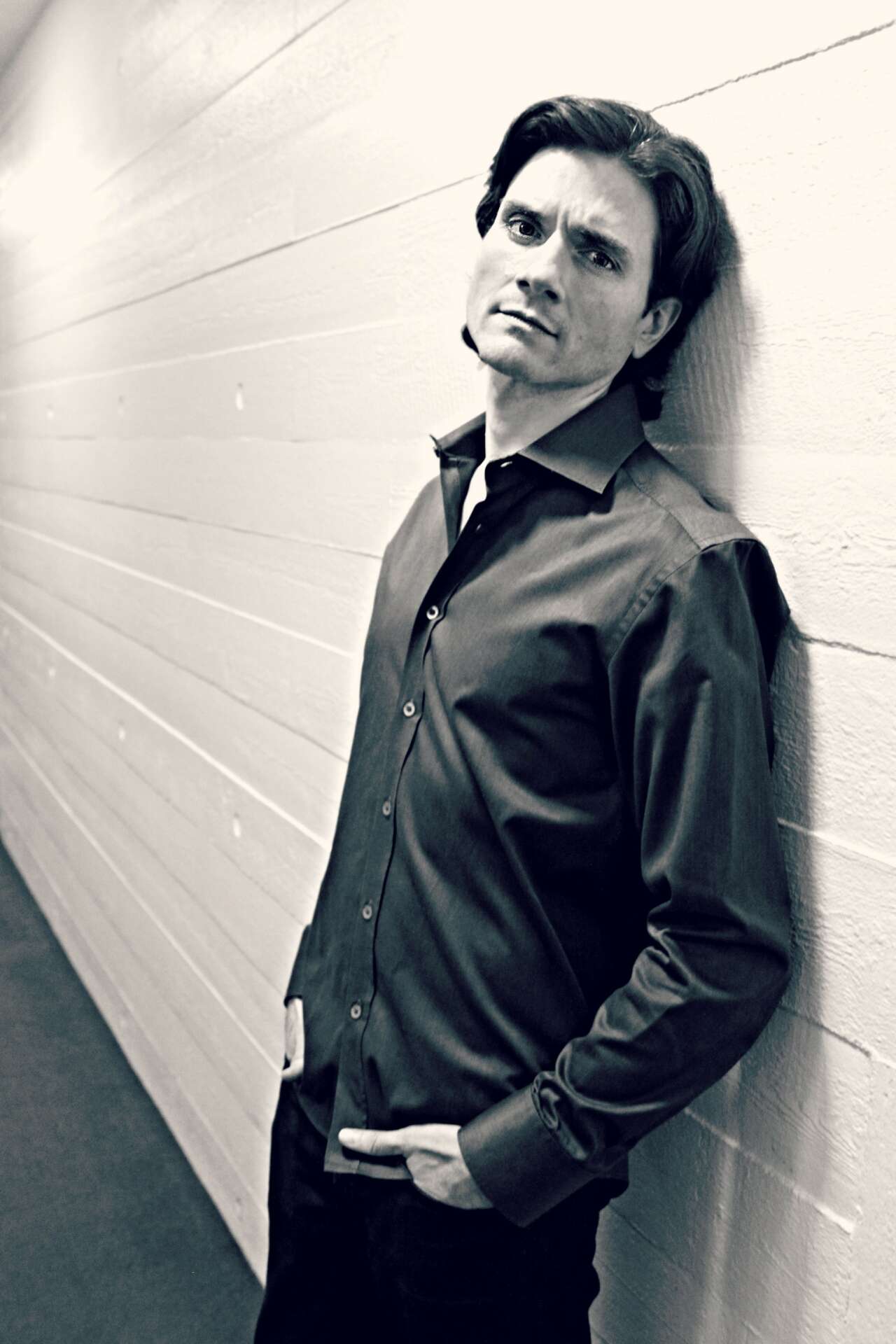
John, love having you share your insights with us. Before we ask you more questions, maybe you can take a moment to introduce yourself to our readers who might have missed our earlier conversations?
I’ve been a storyteller since I was young, staging one-act plays with my action figures. As I got older and began writing actual plays, writing dialogue provided so much joy, giving voice to characters that changed from action figures to the imagined characters in my mind. What I loved most about creating characters for the stage were their inner lives and ways of viewing the world, and this led me to the study of Psychology, earning a masters in counseling. Writing remained my passion as I continued to write plays but also book chapters and journal articles about sexuality, spirituality, aging and how we create a sense of belonging. I continually bring these themes into my playwriting with underrepresented characters who engage in messy confrontations (especially with themselves) about intersecting identities.
I write plays of different genres, but a common thread throughout are characters searching for connection. I’m also searching for the lightheartedness and comedy even in the darkest of times, and I put my characters through a lot to get there, too. But it’s how they find their way back to other and themselves that I find the most interesting.
In both my work as a counselor and a playwright, I try to see a more complete picture of what’s expressed nonverbally, what’s said aloud, and what’s between the words. I love writing characters who are sometimes truthful but also deceive each other and themselves in fascinating ways. And in this way I add more of the unspoken and the unsaid back into the dialogue for greater depth and subtlety. I’ll even sit with my characters and talk to them out loud as if we’re in session together. And it’s an amazing feeling to have a character so developed that while we’re in conversation, even I’m surprised by what comes out.
Can you share a story from your journey that illustrates your resilience?
I was living in London when I started doing a solo improvised one-act play on stage. This started unexpectedly one night as I had just moved across the ocean and didn’t yet know anyone in the creative community. I showed-up at an event where people could create a team on the night but when I arrived, everyone had already selected their teams. My first impulse was to leave, but I decided to stay and perform solo instead. Called ‘Mabey Solo,’ it involves an audience member positioning my body in any posture. As they leave the stage, I begin moving as that character, speaking and walking inspired by the position. I usually begin by delivering an improvised monologue as that character and then add more characters to the scene, playing all the roles. It becomes very physical and active with levels of both depth and humor.
Equal parts thrilling and terrifying, the experience of creating a spontaneous play on stage for an audience has completely revitalized my experience as a writer. And it was so well received, too! I’m able to devise and explore new stories quickly because the ‘yes, and’ approach of improvisation has helped me make decisive choices in my writing as well with less self-doubt along the way. I also improvise conversations aloud as I write and this helps me to find the different rhythms and speech patterns of each character.
When improvising with others you need to be able to let go of preconceived notions/ideas or where you thought the story was going in favor of what someone else offers in a scene (an act of co-creation, live on stage). I embrace this spirit when I’m writing a play and if I realize it’s going in a different direction than I originally thought, and I don’t fight it. I embrace the uncertainty and keep going.
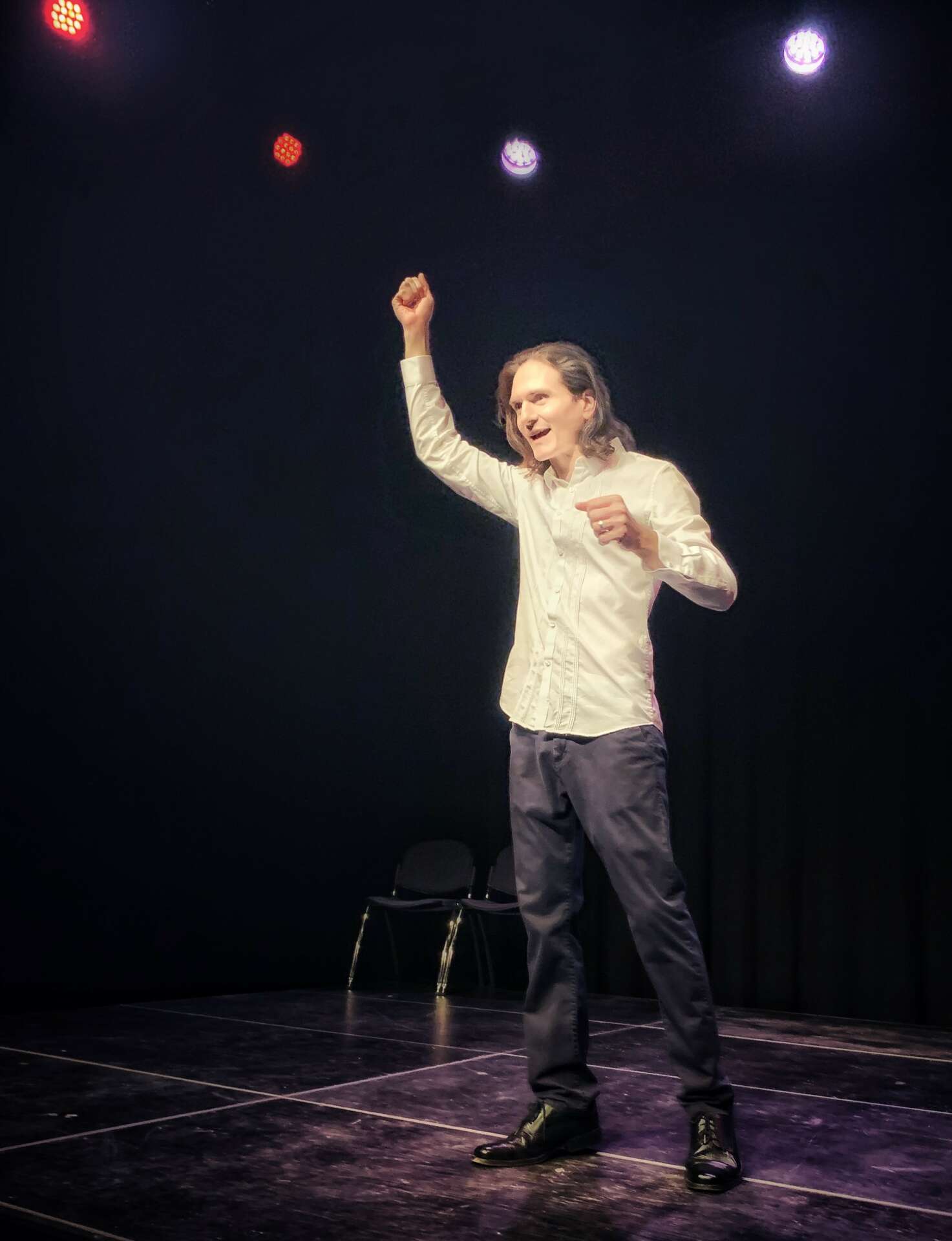
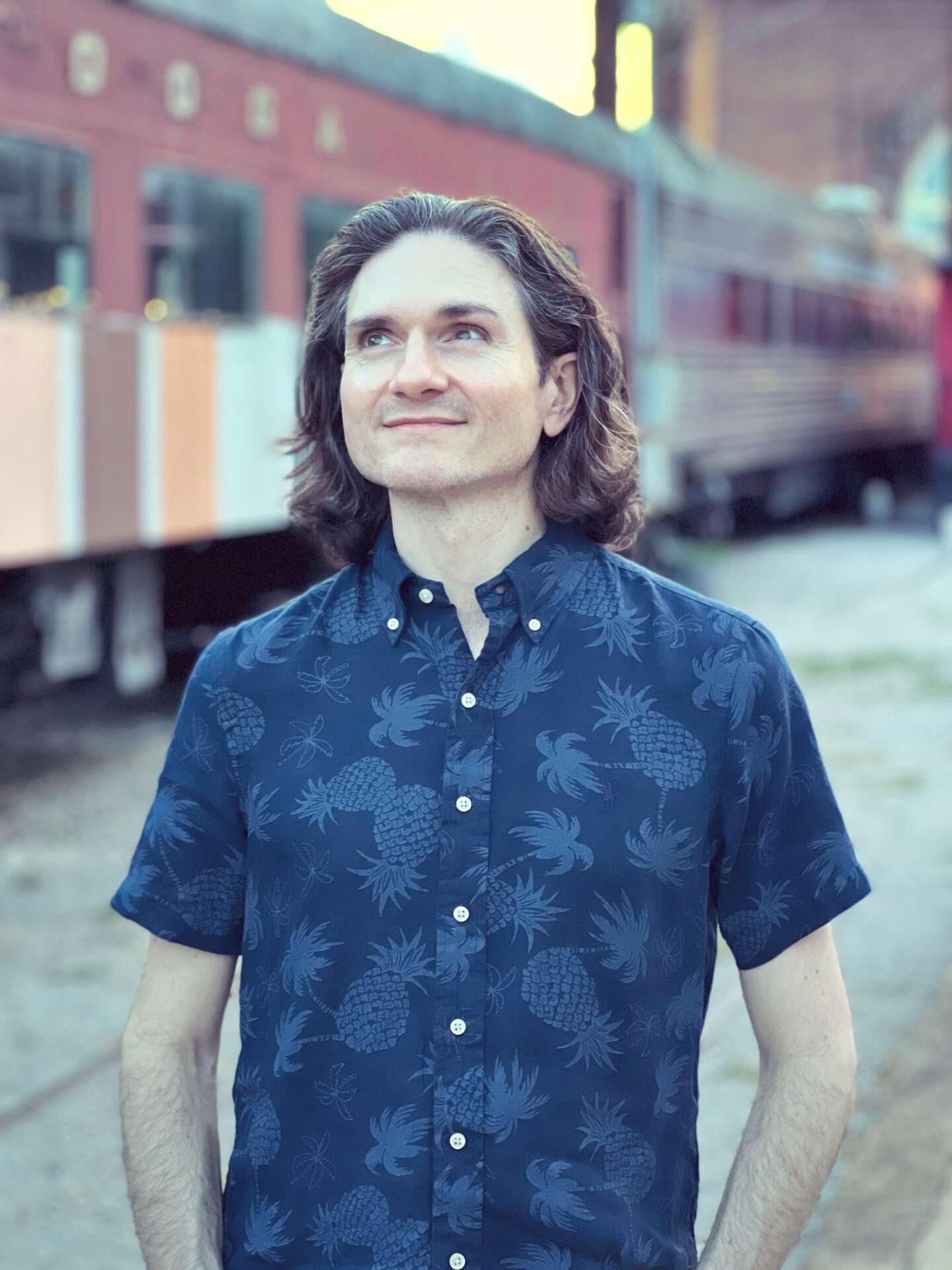
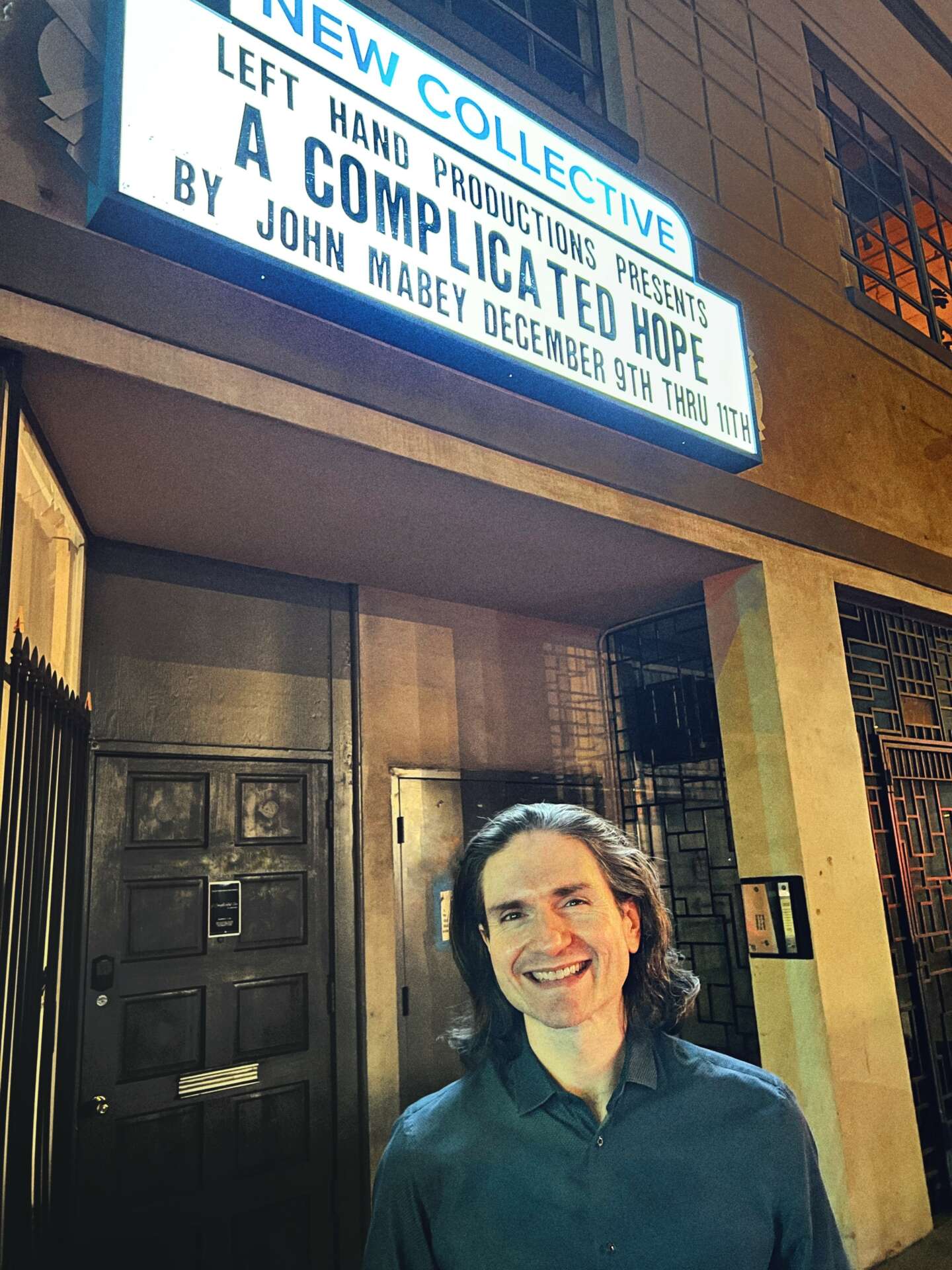
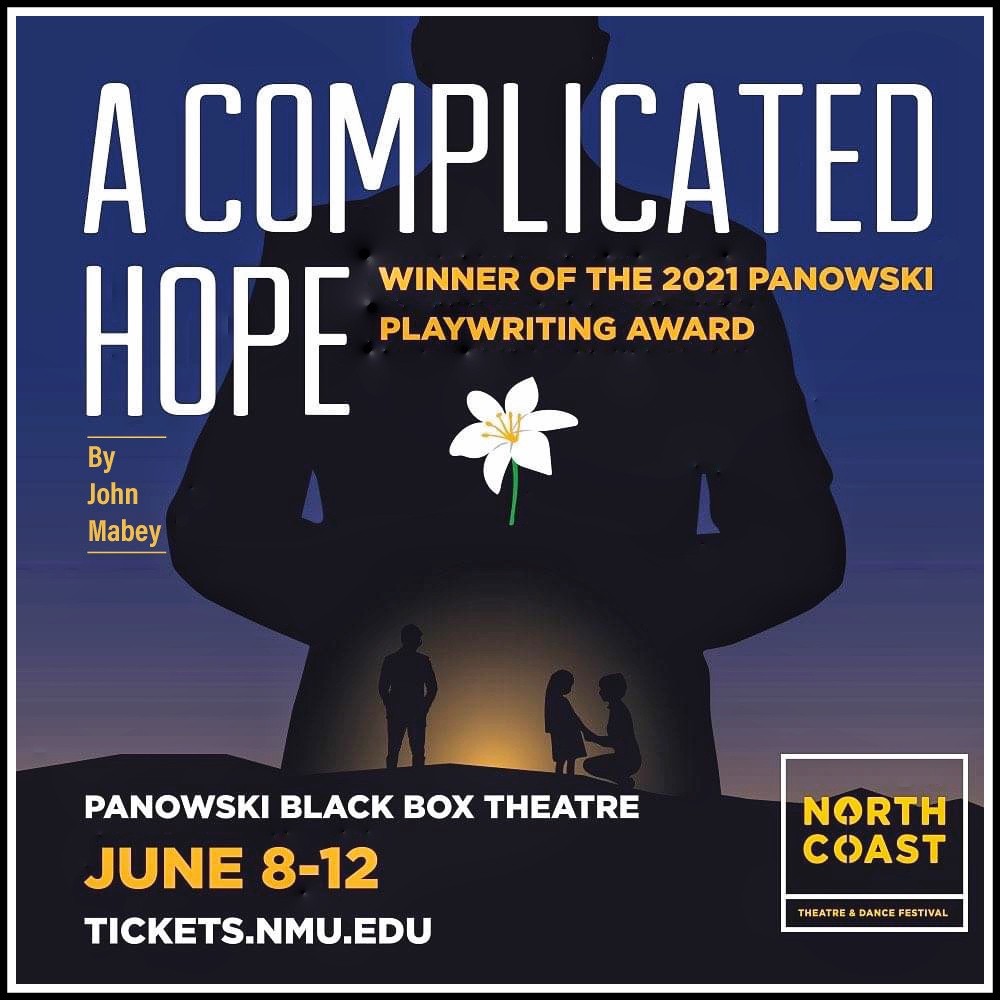
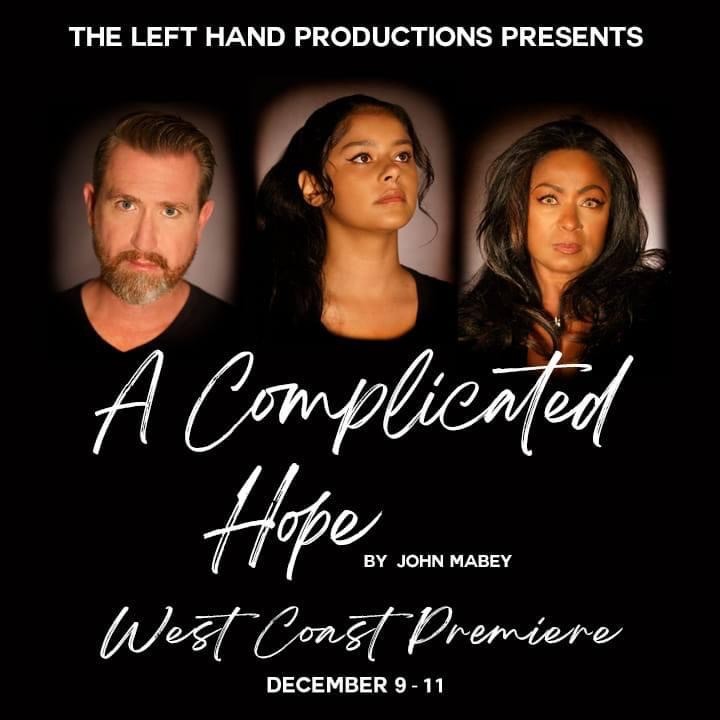
Is there a particular goal or mission driving your creative journey?
I’ve learned that there are so many ways to be creative and a goal of mine is to find even more ways to tell stories no matter where that audience is located. As I’m writing, I always try to imagine the play I’m creating from the eyes of an audience, specifically how the world and structure of the play might be experienced from their perspective. But that audience could be in a theatre watching the stage, or at home watching from a screen, or in a café listening to an audio play of mine on a podcast, or even on the beach reading my work in a book. There are so many ways to consume content and share an artistic vision. Another way I tell stories is through my photography. As I’m taking photographs, I engage in a similar process as with my writing to arrange composition, light, and depth to tell a story with images rather than words. My photography and my writing have also informed each other as I’ll take photographs as mood-inspiration for different scenes. And conversely, pictures I’ve taken have also served as inspiration themselves for creating new plays.
Contact Info:
- Website: https://mabeyplays.com/
- Instagram: https://www.instagram.com/jmabey/
- Facebook: https://www.facebook.com/johnemabey
- Linkedin: https://www.linkedin.com/in/john-mabey-12799b53
- Twitter: https://twitter.com/JohnEMabey


